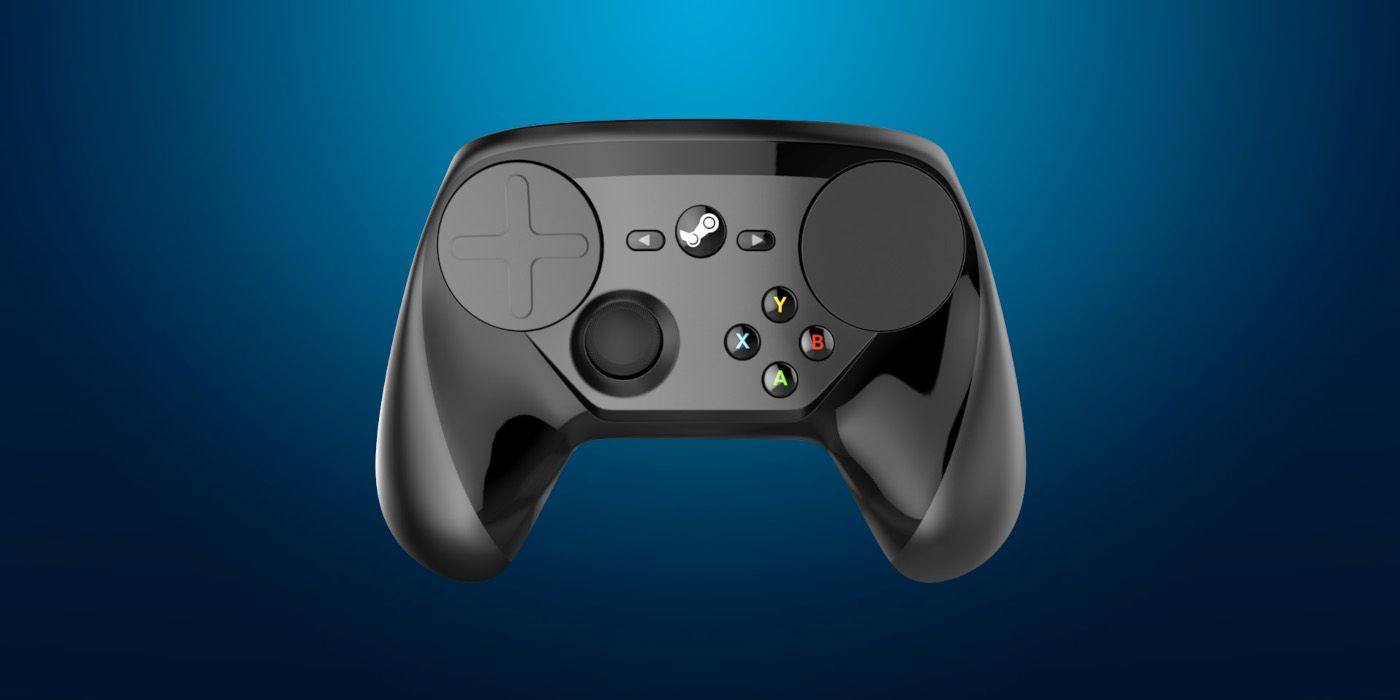
With the massive success of the Nintendo Switch, more companies have begun trying to develop their own handheld consoles, and it looks like Valve is the latest to do so with the rumored SteamPal. Though there has been no official announcement yet, it's been reported that SteamPal will have the ability to run Steam games on its Linux-based system, and could be released as early as the end of this year.
Described as an all-in-one PC with gamepad controls and a touchscreen, the concept of the SteamPal is interesting and could potentially serve as a competitor to the Nintendo Switch, as well as other handheld PC gaming consoles in the future. However, Valve has a tough balancing act with SteamPal in terms of its features and if it doesn't measure up in certain areas, it could just as easily be unsuccessful.
RELATED: Rumored Steam Console is Like the Switch, Will Run Linux
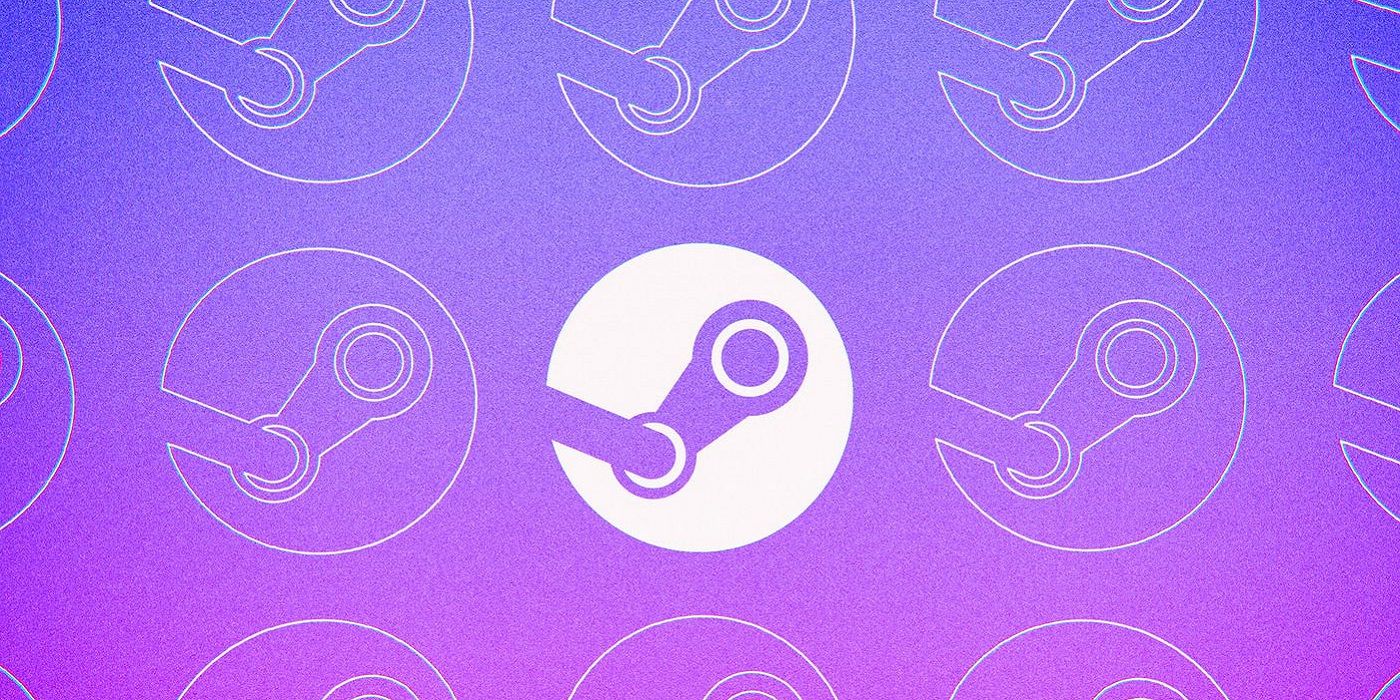
While the details surrounding SteamPal haven't all been revealed yet, it seems that it will be a Linux-based handheld console with the ability to play a large number of Steam games. Based on reports, it appears that the SteamPal will be an all-in-one PC with gamepad controls as well as a touchscreen. While it doesn't seem to support keyboards, it will include the standard gamepad buttons, triggers, joysticks, and a touchpad.
Similar to the other Switch-like PCs on the market, the SteamPal will likely feature a chip from AMD or Intel, instead of Nvidia. However, due to the current hardware shortages, it's difficult to gauge the final price of the SteamPal and whether there will be different models to allow for more customization. It also appears that the SteamPal will have the ability to connect to larger monitors via a USB-C port, similar to how the Nintendo Switch is able to dock. However, as the SteamPal is still a prototype, there is the possibility that these specs can change down the line.
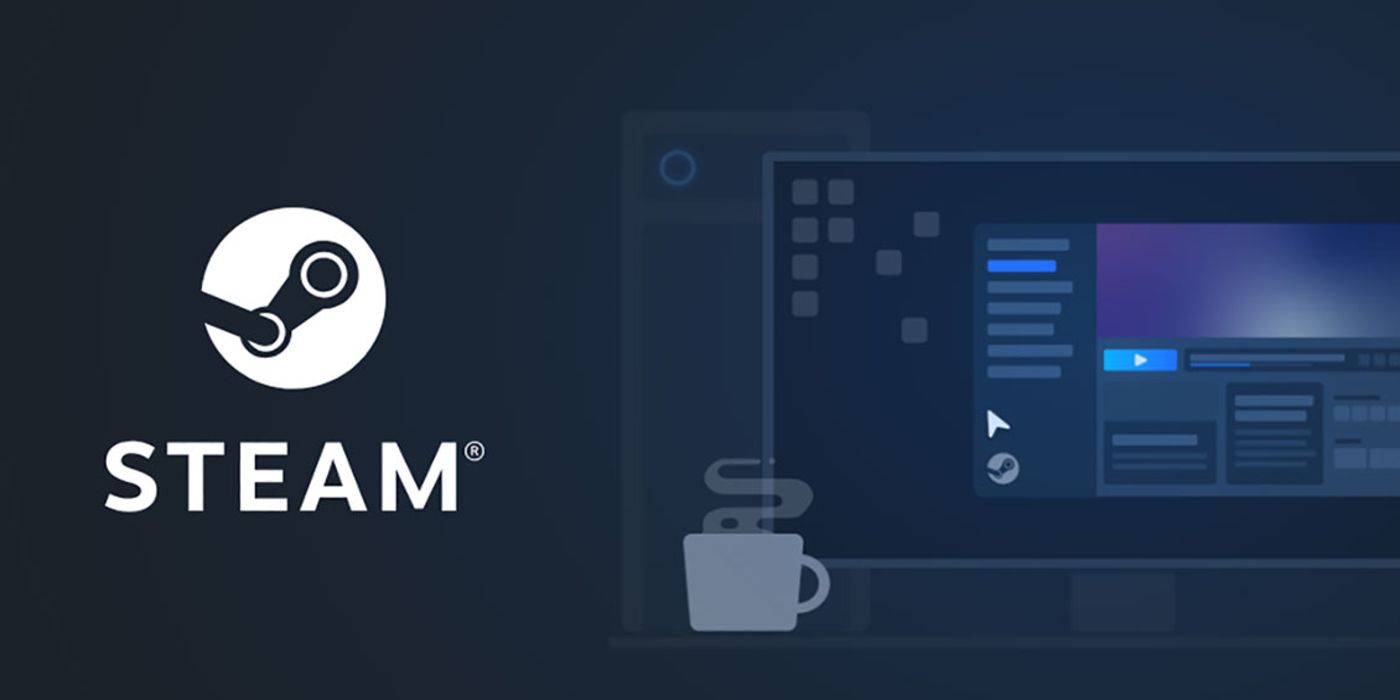
The concept of a handheld PC is certainly exciting, especially with Steam integration, but there are a number of potential issues that might arise with the console. In order for the SteamPal to act as a potential Nintendo Switch competitor, it needs to have a streamlined, accessible experience for players. One of the key elements of the Nintendo Switch's success is the ability for players to pick up and play from anywhere, which might not be as easy to accomplish on the SteamPal.
For one thing, Valve's history of hardware doesn't inspire confidence, as they usually involve a bit of tinkering to get setup and left behind if they don't succeed. The Steam Link, Steam Controller, and Steam Machine were all interesting ideas that eventually fell from Valve's attention perhaps due to insufficient sales or support. On the other hand, Valve certainly has the ability to nail hardware as indicated by the Valve Index, one of the best VR headsets available on the market. Success or not, however, Valve's hardware does have the problem of necessitating above-average setup requirements, rather than just picking it up and playing on PC.
Another potential drawback is the SteamPal's hardware itself. PC games are obviously demanding, and it appears that the concept is native gaming instead of streaming. If that's the case, even if the processor or GPU is able to handle the games, the battery and cooling systems will have to be impressive. It's projected to be wider than the Nintendo Switch, but there's a certain balancing act where the console ergonomics need to be enhanced for regular portable use.
Moreover, cost will also be a breaking point for the SteamPal, especially with hardware shortages. Many of the current handheld PCs that have been released in Asia are quite expensive, retailing from $800 to prices well over $2000.
RELATED: Valve Might Be Working on a Handheld Steam Console
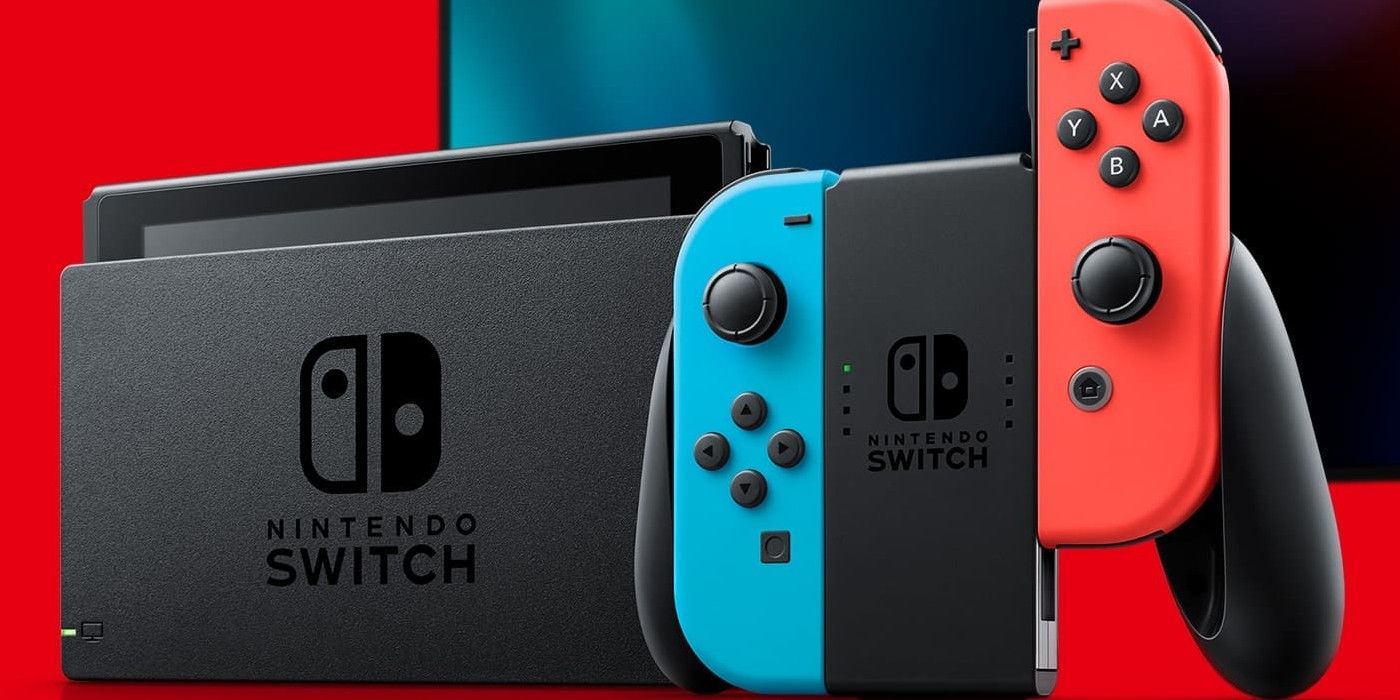
The concept of a handheld PC is relatively new, and for all intents and purposes, they don't really have a market yet. There's been a few console releases such as the Onexplayer and GPD Win 3, but they haven't really arrived in the West. SteamPal is in the unique position to take command of the handheld market, but it needs to target a different audience from the Switch. It might not match up to the accessibility of the Nintendo Switch, but there's a lot of potential to introduce a new audience to the strengths of PC gaming.
Furthermore, while its price is currently up in the air, it seems almost impossible to make the SteamPal as cheap as the Nintendo Switch. As a result, the SteamPal's potential as a Switch competitor will also depend on marketing, an area that Valve has infamously ignored over the years. The concept of a handheld PC console is interesting: The SteamPal doesn't necessarily need to be marketed towards an enthusiast audience. If anything, it could pick up cues from cloud streaming and market it as a way for casual players to get into PC gaming, especially with the hardware shortages stopping players from making their own builds.
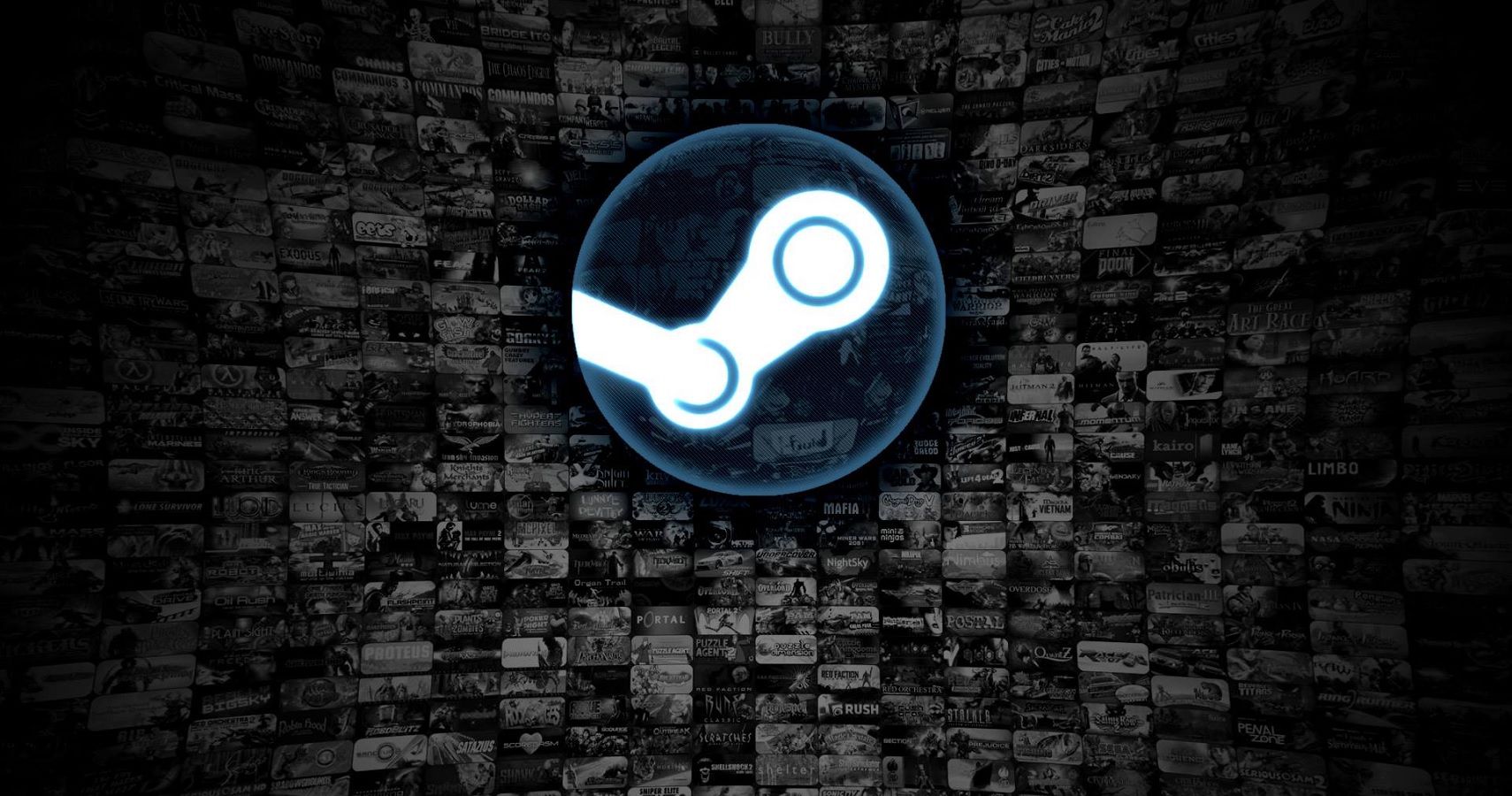
Ultimately, there's a lot of different things that Valve has to do correctly before the SteamPal is a success, let alone a Nintendo Switch competitor. As things stand, the toughest challenge will be how Valve markets the console and given their previous hardware history. Appealing to a wider demographic beyond the typical PC gaming enthusiasts might be difficult, but with the the technology still in relative infancy, SteamPal does have the potential to take command of the market.
Realistically, Valve doesn't have to try and make the SteamPal a success. After all, Steam is still the dominant distribution service in PC gaming and the SteamPal could just be another experiment in their long-running list of attempted hardware. However, the potential for a handheld PC is exciting and if the SteamPal manages to balance its features in an appealing way, it could be a definite game-changer in the portable gaming market that rivals the likes of the Nintendo Switch.
MORE: Steam Games Could Come to Console, More Info Later This Year

